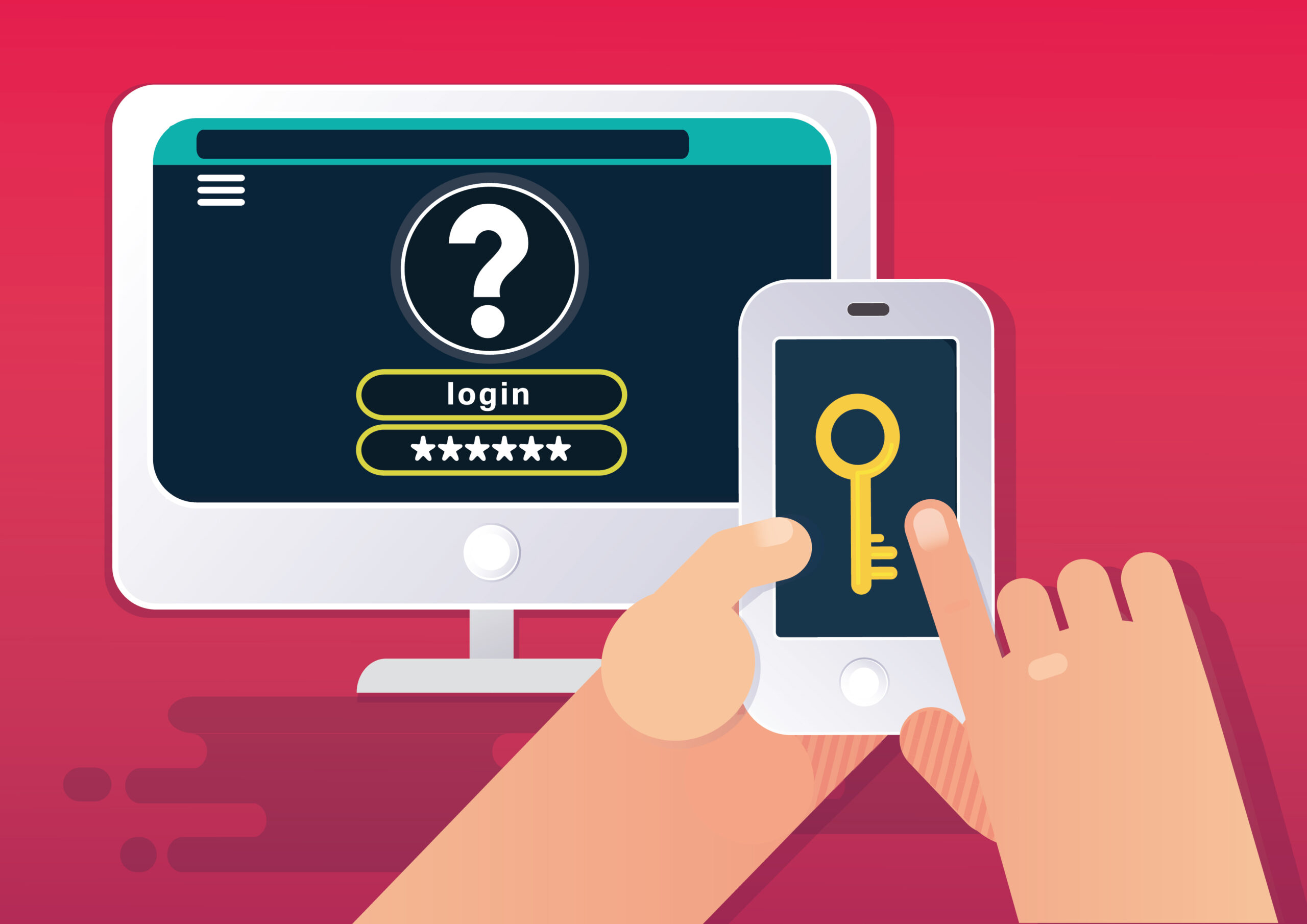The Importance of Enabling Multi-Factor Authentication (MFA)
Introduction
The digital age has brought with it unparalleled convenience and capabilities. From online shopping to social networking, the Internet is deeply embedded in our daily lives. However, this widespread connectivity also increases the risks associated with security breaches, identity theft, and financial fraud. One of the most effective ways to mitigate these risks is by enabling Multi-Factor Authentication (MFA). In this blog post, we’ll explore the importance of MFA, how it works, and why everyone—from individuals to large organizations—should implement it.
What is Multi-Factor Authentication?
Multi-Factor Authentication is a security protocol that requires users to verify their identity using multiple verification methods, rather than relying solely on a single password. The most common types of verification factors are:
- Something you know: Usually a password or a PIN.
- Something you have: A physical device, such as a smartphone or a security token.
- Something you are: Biometric information like a fingerprint, retina scan, or facial recognition.
By combining two or more of these factors, MFA offers a robust layer of security that is significantly harder to bypass than single-factor authentication.
Why is MFA Important?
Enhanced Security
The most obvious benefit of MFA is enhanced security. Even if someone gains access to your password, they still require the second (or third) form of identification to gain entry to your account. This makes it considerably more challenging for unauthorized users to compromise your data.
Protection Against Phishing Attacks
Phishing is a common tactic used by cybercriminals to steal personal information. Even the most vigilant individuals can fall victim to a well-crafted phishing scheme. MFA acts as a safety net, requiring an additional layer of authentication that most phishing attempts can’t bypass.
Reducing Identity Theft
When accounts are compromised, personal data such as credit card numbers, social security numbers, and other sensitive information are at risk. This data can be used for identity theft and other forms of financial fraud. MFA helps in significantly reducing the likelihood of such scenarios.
Business Compliance and Trust
For businesses, implementing MFA can be a requirement for compliance with various industry regulations like GDPR, HIPAA, or PCI DSS. Additionally, consumers are more likely to trust a service that uses MFA, recognizing the organization’s commitment to security.
How to Enable MFA?
Most online services now offer an option to enable MFA in the settings section of your account. Typically, you will be prompted to enter a password and then confirm your identity using a second factor, such as a text message code sent to your mobile phone or a push notification from an authentication app.
Conclusion
In today’s digital world, the importance of robust cybersecurity cannot be overstated. Multi-Factor Authentication offers a simple yet effective way to enhance the security of your online accounts. While it may seem like a hassle at first, the added layer of protection it provides is invaluable for safeguarding your data, your identity, and your peace of mind. So if you haven’t already, make sure to enable MFA on all your accounts today. It’s not just an added layer of security—it’s a necessity.






